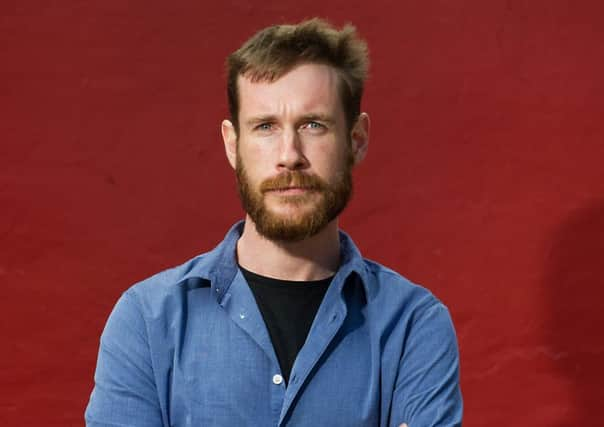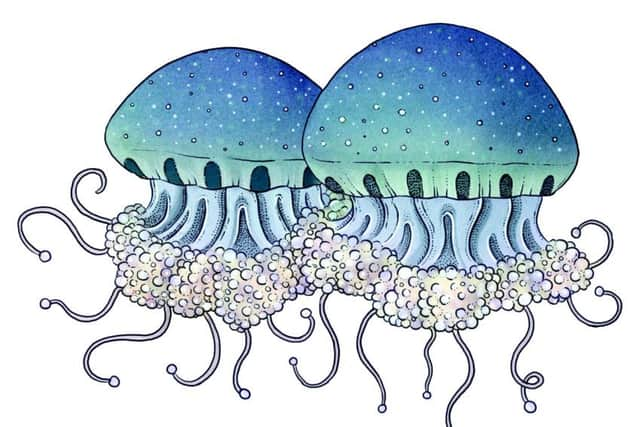Book review: Undiscovered Islands, by Malachy Tallack


In her mega-selling Atlas of Remote Islands: Fifty islands I have not visited and never will, the German writer and graphic designer Judith Schalansky demonstrated that there is a huge appetite for stories about islands, the quirkier the better, and particularly if they happen to come beautifully bound and illustrated. Similarly, in his excellent 2014 book Off The Map, Alastair Bonnet, a Geography prof at Newcastle University, showed that there was much mileage in stoking what he called “our need for geographical re-enchantment” by looking at places that tend not to show up on maps, perhaps because they are underground, perhaps because they are disputed no-man’s-lands between nation states or perhaps because they have simply ceased to exist.
There are certainly echoes of both these books in The Undiscovered Islands, which, as its title suggests, is a survey of 24 islands that never existed, illustrated in wonderfully ornate style by Katie Scott. In his explanation of how Sandy Island in the Coral Sea was finally proven to be a non-entity in 2012, having regularly appeared on maps after it was “discovered” by a whaling ship in 1876, Tallack enters into Bonnet territory when he writes: “The science of navigation has worked towards the eradication of uncertainty and the end of mystery, and to an astonishing degree it has succeeded... and though that technology brings its own kind of wonder, part of us mourns what has been lost.”
Advertisement
Hide AdThis book, then, is a Bonnet-esque attempt to make the reader feel “re-enchanted” with geography. Never mind the sterile certainty of Google Earth, here’s Onaseuse, an island in the South Pacific “discovered” in 1825 by one Captain Hunter and the crew of his ship the Donna Carmelita – a place where the locals reportedly carried spears up to 40-feet long and had the little fingers of their left hands cut off at the second joint. The whole story was almost certainly an invention by Hunter and his men, but it is, as Tallack puts it, “within the bounds of possibility” that it was at least partially true. With Onaseuse, as with many islands in this book, the charm lies in trying to separate the facts from the fiction.


The islands here aren’t all deliberate inventions. Some have religious or mythical significance – like Hawaiki, an island the Maoris say lies to the north-east of New Zealand. This, they believe, is where their ancestors came from, crossing the ocean in seven great canoes, and it is where they imagine their spirits will eventually return after death.
Other islands in the book may well have been real discoveries, but it’s impossible to tell. When Pytheas claimed to have reached a place he called Thule in 330 BC, “the farthest of all lands” somewhere to the north of Britain, he could have discovered Iceland, Orkney, Shetland or – if the ancient Greek historian Strabo is to be believed - he could have been “an arch falsifier” just like Captain Hunter. Again, in a world where everything seems increasingly knowable, there’s a certain deliciousness to the unknowability of puzzles like the Thule story, and Tallack teases all this out with great wit and subtlety.
That said, while he mostly writes very entertainingly, this book is what journalists would describe as “a cuts job” – something necessarily gleaned from secondary sources – and as a result it can occasionally get a little dry. Hopefully Tallack’s next project, like 60 Degrees North, will allow him to get out of the library and into the world again.